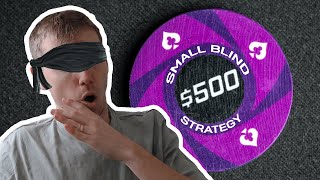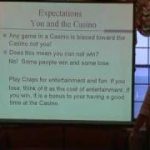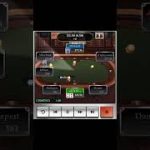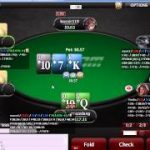Poker Tips Video Source & Information:
The Small Blind is a unique position because you already have half a blind invested, which improves your pot odds, but you’re also out of position against every player at the table. What’s more, you’ve still got the Big Blind to worry about behind you.
This unique position requires a unique strategy before the flop. Mike Brady and poker pro Gary Blackwood walk you through the optimal approach from the Small Blind in this episode of Upswing Poker Level-Up.
Check out the written version of this episode: https://upswingpoker.com/podcast/ep16-small-blind-preflop/
If you really want to take your poker skills to the next level, join the Upswing Lab. Use coupon code LEVELUP to get $50 off and start upgrading your game today.
Learn more about the Lab at https://upswingpoker.com/the-poker-lab-coaching/
Source: YouTube








Best. Thumbnail. Ever.
When doing three betting from the sb, do you normally continuation bet?
A bit shame that you didn't talk about tournament adjustments for the section: playing the SB when the action is folded to you…
I think there is a lot of open-limping allowed in SB in MTTs, but that spot becomes complicated vs competent players who (iso)raise your limp and then you play OOP… And it is a common spot in MTTs.
At 15:09 I made a mistake in this one, when I'm talking about a SB call spot vs a raise + caller at 15-25bb stacks.
I spoke off the cuff here and while I stand by my general point about some hands being nice flats in this spot, the specific hands I listed were misleading/wrong.
So we're talking about a spot where a player raises, another player calls, and then the action gets to you in the Small Blind with a 15-25bb stack.
Calling with QJo is gonna be too loose vs almost any position pair. KJo only starts to play heavy call vs CO/BTN.
The solver plays a linear squeeze in this spot. In other words, you just shove with the top X% of hands because you want to push equity with most of your range.
You can then just call a bunch of playable hands below this range. Sorry about that — it's what I get for not confirming details before that segment!